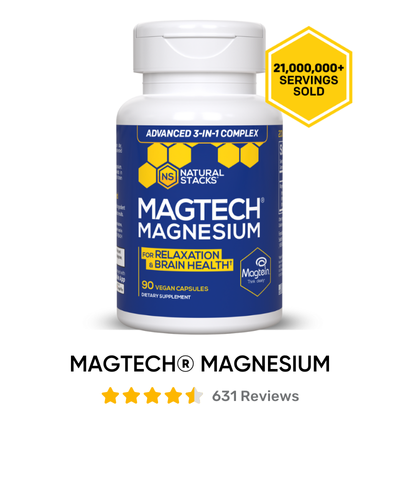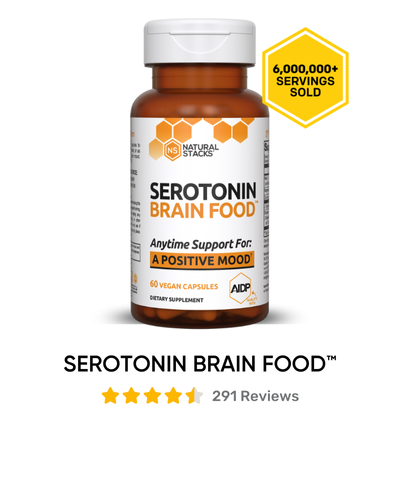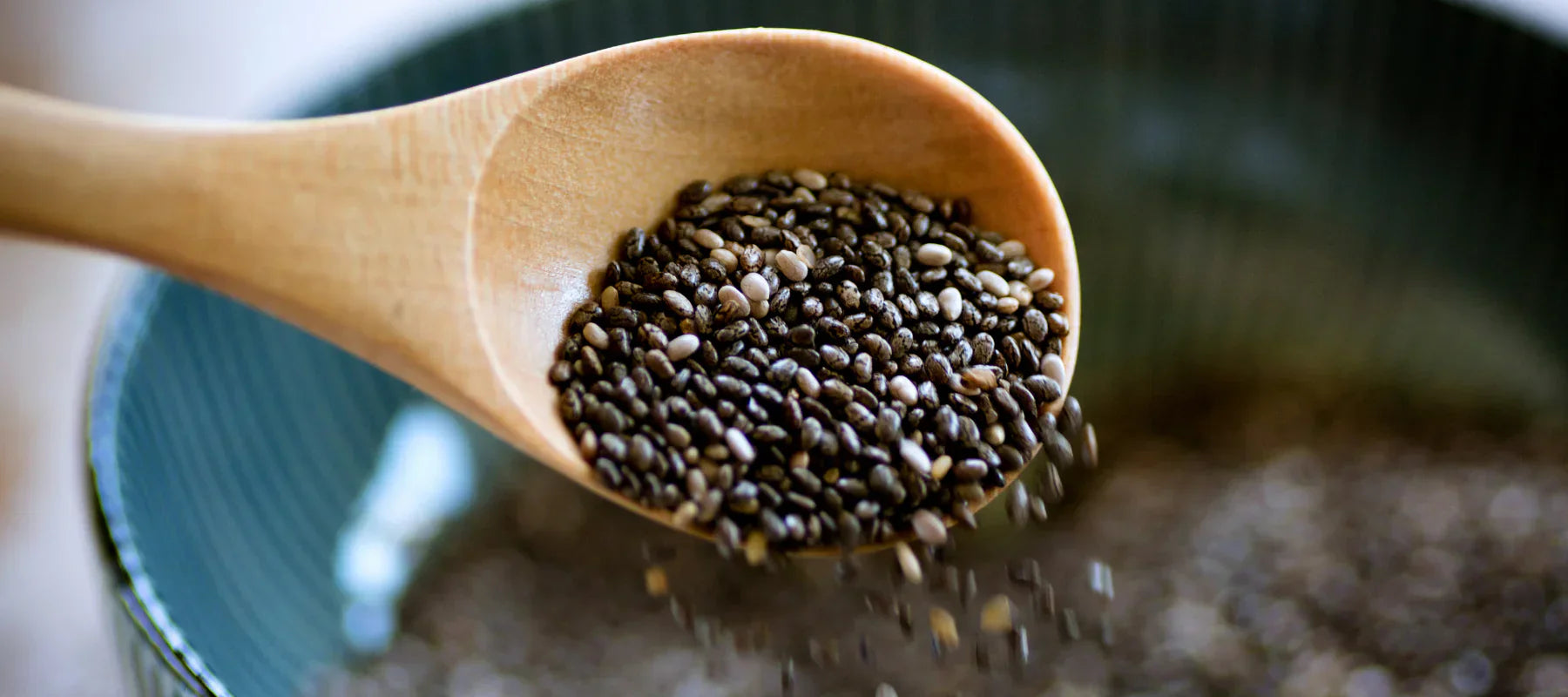The SAM Cycle and The Brain: Optimizing Mental Performance


S-Adenosyl methionine (SAM-e) is a versatile organic chemical that participates in a number of different reactions in the body involving methylation.
Some of the methylation reactions that SAM-e participates in include endogenous creatine production [1][2], choline metabolism [3], maintenance of cell membranes, and synthesis and inactivation of neurotransmitters such as noradrenaline, adrenaline, dopamine, serotonin and histamine [4].
It is produced from Methionine, which is an essential amino acid that is present in large quantities in eggs, meat, nuts and seeds [5].
SAM-e is also available as a nutritional supplement.
Given all the brain related functions of SAM-e, it would seem to be a good target for study with regards to its use in optimizing mental performance.
Specifically, finding ways to improve the production of endogenous SAM-e by optimizing the SAM cycle, and thus improving its availability for methylation reactions would likely be a productive avenue of exploration for improving brain health.
A number of research studies point in the direction of SAM-e supplementation being beneficial for brain health.
For example, research has shown that SAM-e may be beneficial in animal models of the neurodegenerative condition known as ALS [6]. There’s also a significant amount of literature showing SAM-e’s benefit in treating depression [7].
However, optimization of the SAM cycle may also have non-neurological health benefits because it can help reduce the impact of an overaccumulation of one of the participants in the SAM cycle: homocysteine.
Homocysteine is intermediate product in the SAM cycle. There has been a lot of research investigating how to lower homocysteine levels because research has linked high levels of it in the body to negative cardiovascular health effects [8]. It should be noted that some studies suggest that low vitamin B6, which is a co-factor in converting homocysteine to l-cysteine, is a risk factor for cardiovascular health and not high homocysteine levels themselves [9].
Thus, perhaps it’s the availability of cofactors that convert homocysteine to other metabolites, like SAM-e and L-cysteine, that are at the root of its observed negative cardiovascular health effects. It’s also notable that homocysteine has been linked to shortened telomeres in white blood cells [10]. These telomeres are caps on the ends of DNA that prevent DNA degradation. They have been linked to the aging process [11].
One interesting study about telomeres and white blood cells was done on the cells of a woman who lived to 115. Her white blood cells were analyzed after her death. The telomeres in her white blood cells were substantially worn down, much more so than in other tissues.
This lead the researchers to believe that the telomeres of stem cells that produce white blood cells, known as haematopoietic stem cells, are a limiting factor in longevity [12]. Thus, lowering homocysteine levels could theoretically provide longevity benefits as well.
Homocysteine is created after SAM-e has donated a methyl group in a methylation reaction and is converted to s-adenosyl-l-homocysteine which is then metabolized to adenosine and homocysteine.
Adenosine, incidentally, is what caffeine interferes with at the A2A receptor that leads to its wakefulness promoting properties [13]. Regardless, homocysteine gets converted back to methionine by vitamin B12 and a methyl donor.
The methyl donor can be methyl tetrahydrofolate converted from folate (vitamin b9). Folate originates from the diet or can be metabolized from supplemented folic acid [14]. The methyl donor can also be betaine which is endogenously derived from choline and may be supplemented in the form of trimethylglycine [15].
A lot of things can go wrong with the conversion of homocysteine to SAM-e. Disruption of the conversion of homocysteine back to SAMe is one of the primary means by which alcohol consumption causes liver disease [16] and cancer [17]. Exposure to environmental toxins such as the banned, but widely dispersed in the environment, pesticide DDT may impair folate levels, and thus possibly decrease the effectiveness of homocysteine to SAMe conversion [18].
Homocysteine is also converted to L-Cysteine via the activated form of Vitamin B6 known as pyroxidine-5-phosphate [19]. In a brain related side note, l-cysteine can improve neural stem cell propagation [20].
So what’s the practical upshot of all this? From looking at the research, my opinion is that finding ways to optimize the production of SAM-e and L-Cysteine from homocysteine would be beneficial.
Adding SAM-e directly would, in my opinion, be suboptimal as research shows it does not do anything to lower homocysteine levels [21]. Providing highly bioactive forms of b-vitamins involved in the conversion of homocysteine to SAM-e and L-Cysteine and adding betaine to help methylate homocysteine would seem to be the most optimal route to optimizing the SAM cycle and there is research to support this [22][23][24].
Additional posts by Abelard Lindsay (@ciltep):
- The Nootropic Why
- Acetyl-L-Carnitine Exploring Its Cognitive and LTP Related Effects
- Magnesium L-Threonate Can Improve Brain Function and LTP
- CILTEP and Racetams: Evidence for a theory of complementary mechanisms of action
- Some Health Benefits of Resveratrol Could Theoretically Apply to CILTEP
- Assembling the Acetylcholine Puzzle Part 1
- Stead LM, Au KP, Jacobs RL, Brosnan ME, Brosnan JT. Methylation demand and homocysteine metabolism: effects of dietary provision of creatine and guanidinoacetate. Am J Physiol Endocrinol Metab. 2001;281(5):E1095-100.PMID 11595668
- Allen PJ. Creatine metabolism and psychiatric disorders: Does creatine supplementation have therapeutic value?. Neurosci Biobehav Rev. 2012;36(5):1442-62. PMID 22465051
- Imbard A, Smulders YM, Barto R, et al. Plasma choline and betaine correlate with serum folate, plasma S-adenosyl-methionine and S-adenosyl-homocysteine in healthy volunteers. Clin Chem Lab Med. 2013;51(3):683-92. PMID 23095202
- Bottiglieri T. S-Adenosyl-L-methionine (SAMe): from the bench to the bedside--molecular basis of a pleiotrophic molecule. Am J Clin Nutr. 2002;76(5):1151S-7S. PMID 12418493
- http://www.nal.usda.gov/fnic/foodcomp/search/
- Suchy J, Lee S, Ahmed A, Shea TB. Dietary supplementation with S-adenosyl methionine delays the onset of motor neuron pathology in a murine model of amyotrophic lateral sclerosis. Neuromolecular Med. 2010;12(1):86-97. PMID 19757209
- Papakostas GI, Alpert JE, Fava M. S-adenosyl-methionine in depression: a comprehensive review of the literature. Curr Psychiatry Rep. 2003;5(6):460-6. PMID 14609501
- Krishna SM, Dear A, Craig JM, Norman PE, Golledge J. The potential role of homocysteine mediated DNA methylation and associated epigenetic changes in abdominal aortic aneurysm formation. Atherosclerosis. 2013;228(2):295-305. PMID 23497786
- Peeters AC, Van landeghem BA, Graafsma SJ, et al. Low vitamin B6, and not plasma homocysteine concentration, as risk factor for abdominal aortic aneurysm: a retrospective case-control study. J Vasc Surg. 2007;45(4):701-5. PMID 17398378
- Zhang D, Wen X, Wu W, Xu E, Zhang Y, Cui W. Homocysteine-related hTERT DNA demethylation contributes to shortened leukocyte telomere length in atherosclerosis. Atherosclerosis. 2013;231(1):173-9. PMID 24125430
- Aubert G, Lansdorp PM. Telomeres and aging. Physiol Rev. 2008;88(2):557-79. PMID 18391173
- Holstege H, Pfeiffer W, Sie D, et al. Somatic mutations found in the healthy blood compartment of a 115-yr-old woman demonstrate oligoclonal hematopoiesis. Genome Res. 2014;24(5):733-42. PMID 24760347
- Huang ZL, Qu WM, Eguchi N, et al. Adenosine A2A, but not A1, receptors mediate the arousal effect of caffeine. Nat Neurosci. 2005;8(7):858-9. PMID 15965471
- Pietrzik K, Bailey L, Shane B. Folic acid and L-5-methyltetrahydrofolate: comparison of clinical pharmacokinetics and pharmacodynamics. Clin Pharmacokinet. 2010;49(8):535-48. PMID 20608755
- Schwab U, Törrönen A, Meririnne E, et al. Orally administered betaine has an acute and dose-dependent effect on serum betaine and plasma homocysteine concentrations in healthy humans. J Nutr. 2006;136(1):34-8. 16365055
- Beier JI, Mcclain CJ. Mechanisms and cell signaling in alcoholic liver disease. Biol Chem. 2010;391(11):1249-64.PMID 20868231
- Varela-rey M, Woodhoo A, Martinez-chantar ML, Mato JM, Lu SC. Alcohol, DNA methylation, and cancer. Alcohol Res. 2013;35(1):25-35. PMID 24313162
- Arguelles LM, Liu X, Venners SA, et al. Serum folate and DDT isomers and metabolites are inversely associated in Chinese women: a cross-sectional analysis. J Am Coll Nutr. 2009;28(4):380-7. PMID 20368376
- Midttun Ø, Hustad S, Schneede J, Vollset SE, Ueland PM. Plasma vitamin B-6 forms and their relation to transsulfuration metabolites in a large, population-based study. Am J Clin Nutr. 2007;86(1):131-8. PMID 17616772
- Wang Z, Liu DX, Wang FW, et al. L-Cysteine promotes the proliferation and differentiation of neural stem cells via the CBS/H₂S pathway. Neuroscience. 2013;237:106-17.PMID 23376738
- Thompson MA, Bauer BA, Loehrer LL, et al. Dietary supplement S-adenosyl-L-methionine (AdoMet) effects on plasma homocysteine levels in healthy human subjects: a double-blind, placebo-controlled, randomized clinical trial. J Altern Complement Med. 2009;15(5):523-9. PMID 19422296
- Schwab U, Törrönen A, Meririnne E, et al. Orally administered betaine has an acute and dose-dependent effect on serum betaine and plasma homocysteine concentrations in healthy humans. J Nutr. 2006;136(1):34-8. PMID 16365055
- Endo N, Nishiyama K, Otsuka A, Kanouchi H, Taga M, Oka T. Antioxidant activity of vitamin B6 delays homocysteine-induced atherosclerosis in rats. Br J Nutr. 2006;95(6):1088-93. 16768830
- Lee BJ, Huang MC, Chung LJ, et al. Folic acid and vitamin B12 are more effective than vitamin B6 in lowering fasting plasma homocysteine concentration in patients with coronary artery disease. Eur J Clin Nutr. 2004;58(3):481-7. PMID 14985687










